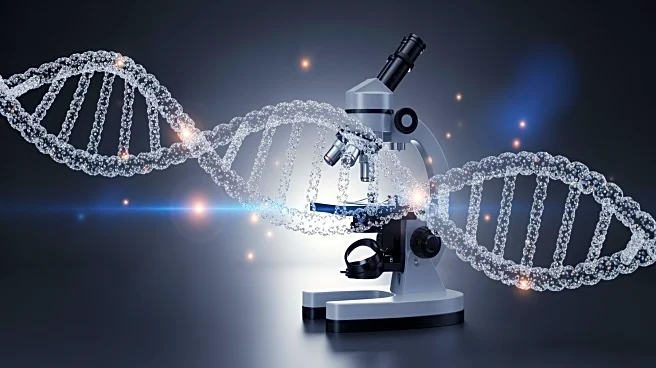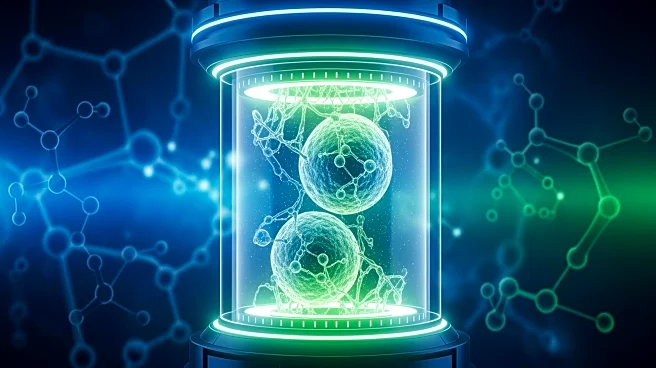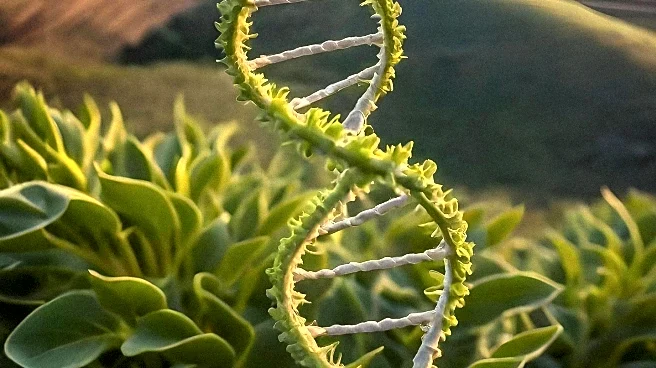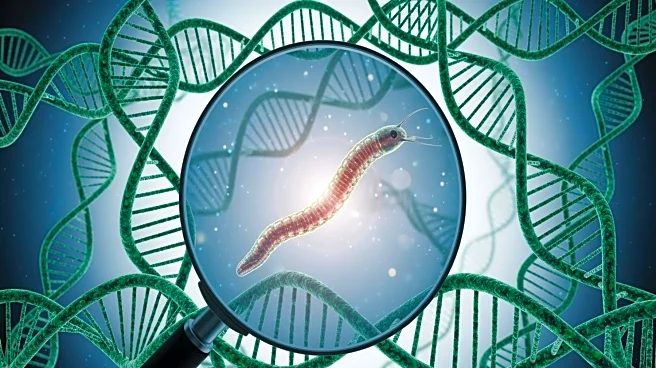What's Happening?
An international research team led by RIKEN Center for Biosystems Dynamics Research has discovered a novel genetic mechanism in the roundworm C. elegans. The study reveals that vital RNA needed to maintain chromosome ends does not have its own gene but
hitchhikes inside another gene's intron. This finding suggests that DNA hitchhiking could be a common strategy in the animal kingdom, with implications for anti-aging therapies and regenerative medicine. The research highlights a species survival strategy where telomerase RNA extends telomeres by hitchhiking on introns of germline-expressed genes.
Why It's Important?
This discovery offers new insights into the regulation of telomerase, an enzyme crucial for cellular longevity and species survival. Understanding this mechanism could transform approaches to aging, fertility, and regenerative medicine, potentially leading to breakthroughs in treating age-related diseases and enhancing human health. The study underscores the evolutionary adaptability of telomerase RNA, suggesting broader applications in biotechnology and medicine. Stakeholders in the fields of genetics and regenerative medicine may find this research pivotal in developing new therapeutic strategies.













